Adapted from a news release by Ali Sundermier at SLAC National Accelerator Laboratory.
The newly upgraded Linac Coherent Light Source (LCLS) X-ray free-electron laser (XFEL) at the Department of Energy’s SLAC National Accelerator Laboratory successfully produced its first X-rays, and researchers around the world are already lined up to kick off an ambitious science program.
With up to a million X-ray flashes per second, 8,000 times more than its predecessor, the upgrade transforms the ability of scientists to explore atomic-scale, ultrafast phenomena that are key to a broad range of applications, from quantum materials to clean energy technologies and medicine.
The upgrade, called LCLS-II, creates unparalleled capabilities that will usher in a new era in research with X-rays. Scientists will be able to examine the details of quantum materials with unprecedented resolution to drive new forms of computing and communications; reveal unpredictable and fleeting chemical events to teach us how to create more sustainable industries and clean energy technologies; study how biological molecules carry out life’s functions to develop new types of pharmaceuticals; and study the world on the fastest timescales to open up entirely new fields of scientific investigation.
Lawrence Berkeley National Laboratory’s (Berkeley Lab) Accelerator Technology & Applied Physics (ATAP) Division and Engineering Division played a lead role in several critical LCLS-II components, such as the magnet arrays at the heart of the facility, the state-of-the-art injector that provides the electrons, and a control system that manages the beam.
Reaching “first light” resulted from a series of key milestones that started in 2010 with the vision of upgrading the original LCLS and blossomed into a multi-year upgrade project involving thousands of scientists, engineers, and technicians across DOE, as well as numerous institutional partners.
“For more than 60 years, SLAC has built and operated powerful tools that help scientists answer fundamental questions about the world around us. This milestone ensures our leadership in the field of X-ray science and propels us forward to future innovations,” said Stephen Streiffer, SLAC’s interim laboratory director. “It’s all thanks to the amazing efforts of all parts of our laboratory in collaboration with the wider project team.”
“Congratulations to SLAC and to the impressive team of accelerator experts from the Department of Energy Labs across the country that built LCLS-II,” said Berkeley Lab Director Mike Witherell. “This unique new facility will provide many new opportunities for discovery science.”
Taking X-ray science to a new level
XFELs produce ultra-bright, ultra-short pulses of X-ray light that allow scientists to capture the behavior of molecules, atoms, and electrons with unprecedented detail on the natural timescales on which chemistry, biology, and material changes occur. XFELs have been instrumental in many scientific achievements, including the creation of the first “molecular movie” to study complex chemical processes, watching in real time how plants and algae absorb sunlight to produce all the oxygen we breathe, and studying the extreme conditions that drive the evolution of planets and phenomena such as diamond rain.
LCLS, the world’s first hard XFEL, produced its first light in April 2009, generating X-ray pulses a billion times brighter than anything that had come before. It accelerates electrons through a copper structure at room temperature, which limits its rate to 120 X-ray pulses per second.
The LCLS-II upgrade, with its superconducting linear accelerator, takes X-ray science to a whole new level: It can produce up to a million X-ray pulses per second, 8,000 times more than LCLS, and creates an almost continuous X-ray beam that on average will be 10,000 times brighter than its predecessor – a world record for today’s most powerful X-ray light sources.
“The light from SLAC’s LCLS-II will illuminate the smallest and fastest phenomena in the universe and lead to big discoveries in disciplines ranging from human health to quantum materials science,” said U.S. Secretary of Energy Jennifer M. Granholm. “This upgrade to the most powerful X-ray laser in existence keeps the United States at the forefront of X-ray science, providing a window into how our world works at the atomic level. Congratulations to the incredibly talented engineers and researchers at SLAC who have poured so much into this project over the past several years, all in the pursuit of knowledge.”
Partnerships for sophisticated technology
This accomplishment is the culmination of an extensive collaborative effort, with vital contributions from researchers worldwide. Multiple institutions, including five U.S. national laboratories and a university, have contributed to the realization of the project, a testimony to its national and international importance. Berkeley Lab made multiple key contributions in its areas of particular expertise.
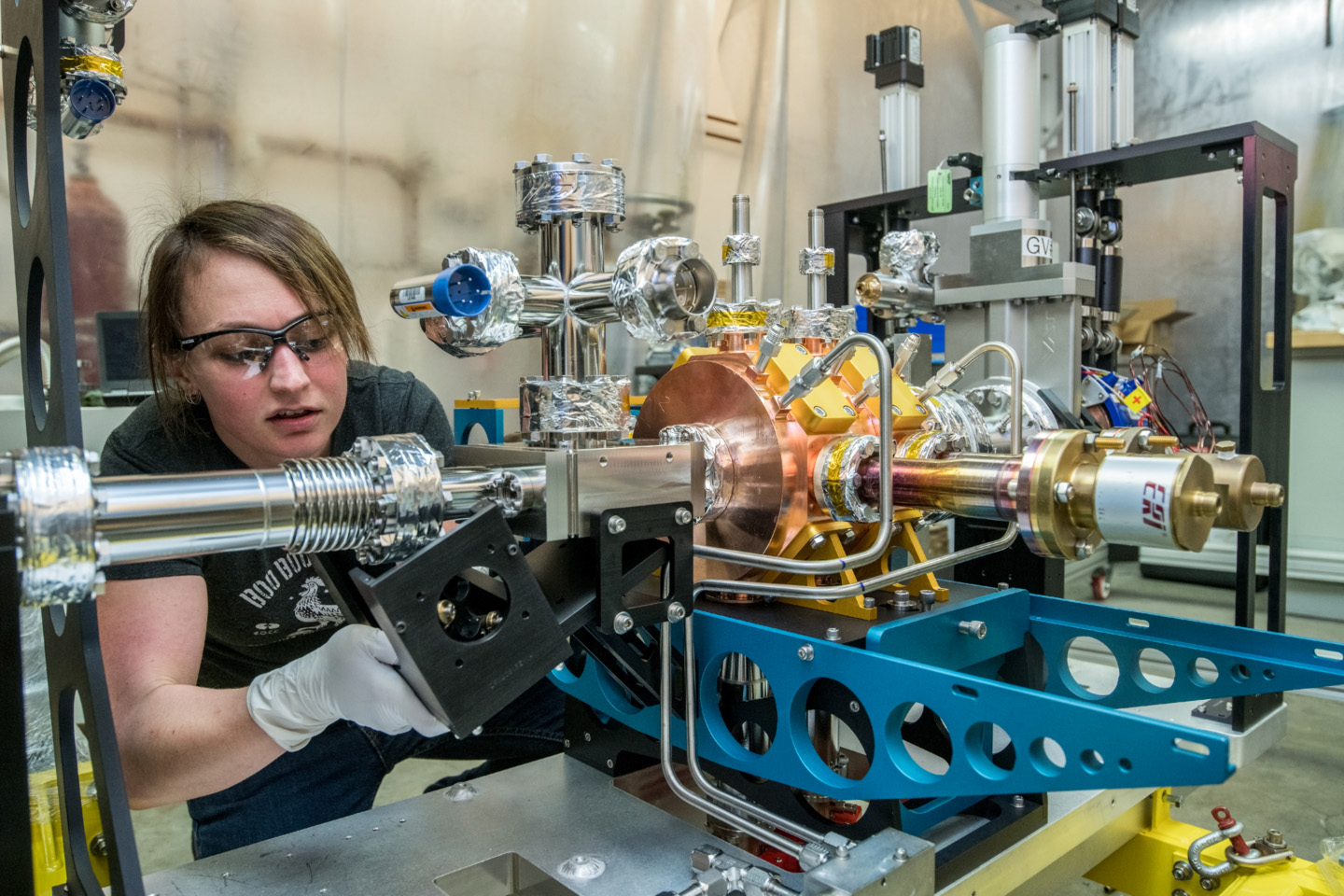
Berkeley Lab Mechanical Technician Krista Miller works on the LCLS-II injector. (Credit: Marilyn Sargent)
One of the most important Berkeley Lab contributions to LCLS-II was the injector gun, a technically ambitious source of rapid pulses of intense, high-quality electron pulses. The successful first production of electrons from the gun in May 2019 was the culmination of 15 months of work, during which teams installed and tested parts of the injector at SLAC.
The injector’s roots go back to 2006, when ATAP researchers John Staples and Fernando Sannibale conceived the design; its parameters were beyond the proven state of the art when their work began. By producing a million electron bunches per second in a highly controlled manner, the technically challenging injector is the start of the greatly enhanced X-ray output of LCLS-II.
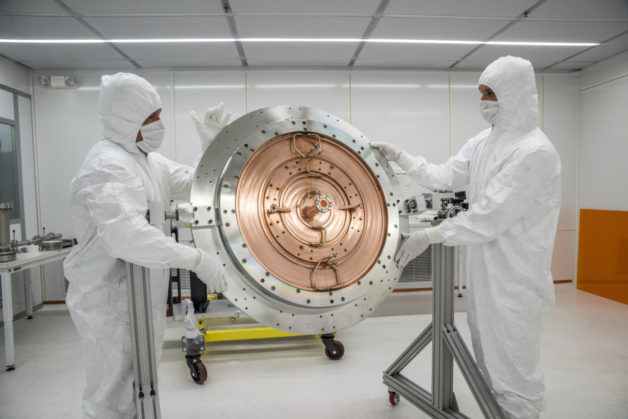
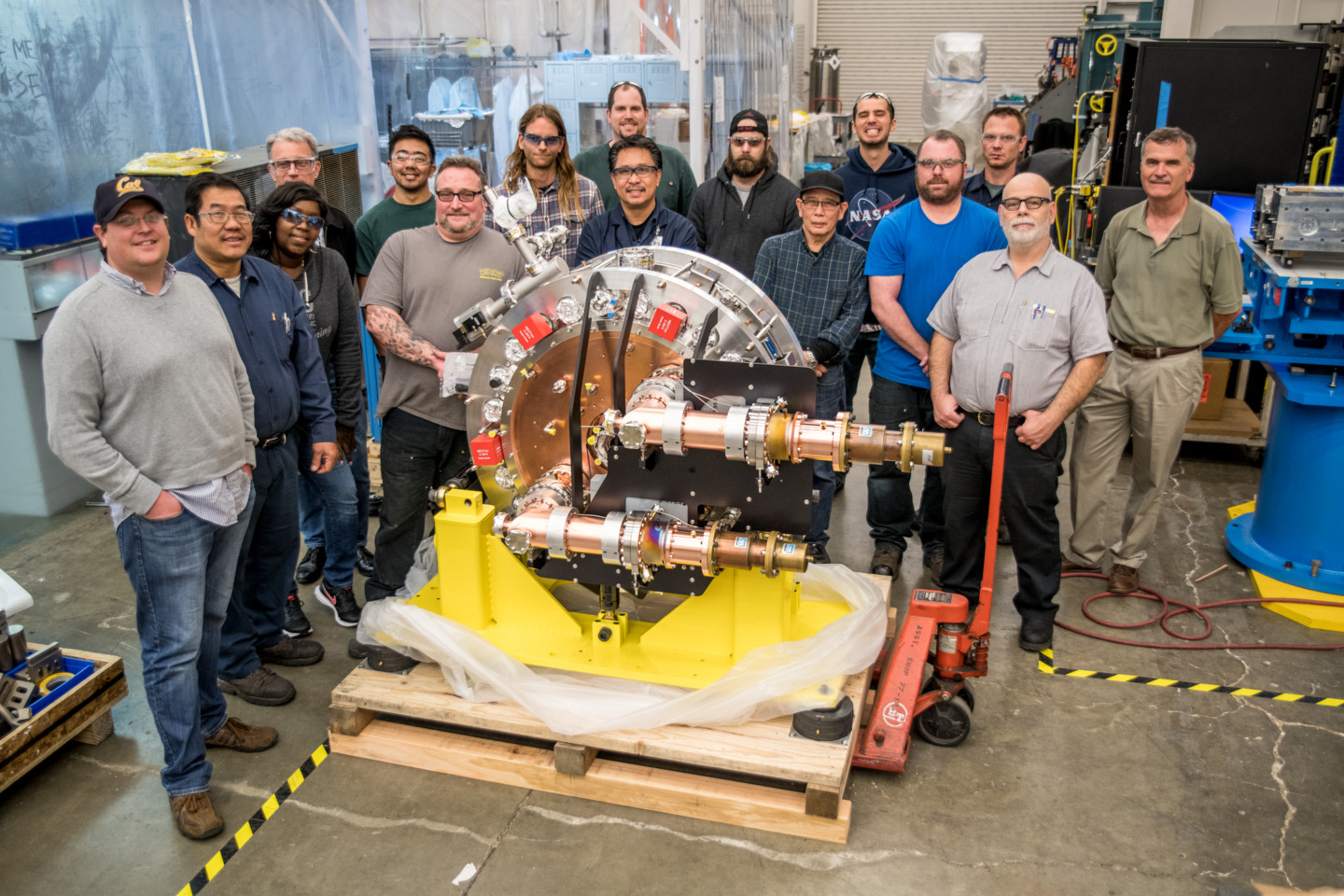
Powerful precision magnets are key to free-electron lasing
Magnetic devices known as “undulators” that wring photons out of an electron beam were another vital contribution to LCLS-II by ATAP and the Engineering Division. Together, those organizations designed and oversaw the delivery of the undulators for the soft-X-ray beamline. They also performed the final design of and directed the mass production of the 32 hard X-ray undulator segments. (“Hard” and “soft” refer to higher- and lower-energy X-rays, respectively.) Earlier, Berkeley Lab had collaborated closely with Argonne National Laboratory to design and develop the hard-X-ray undulators.
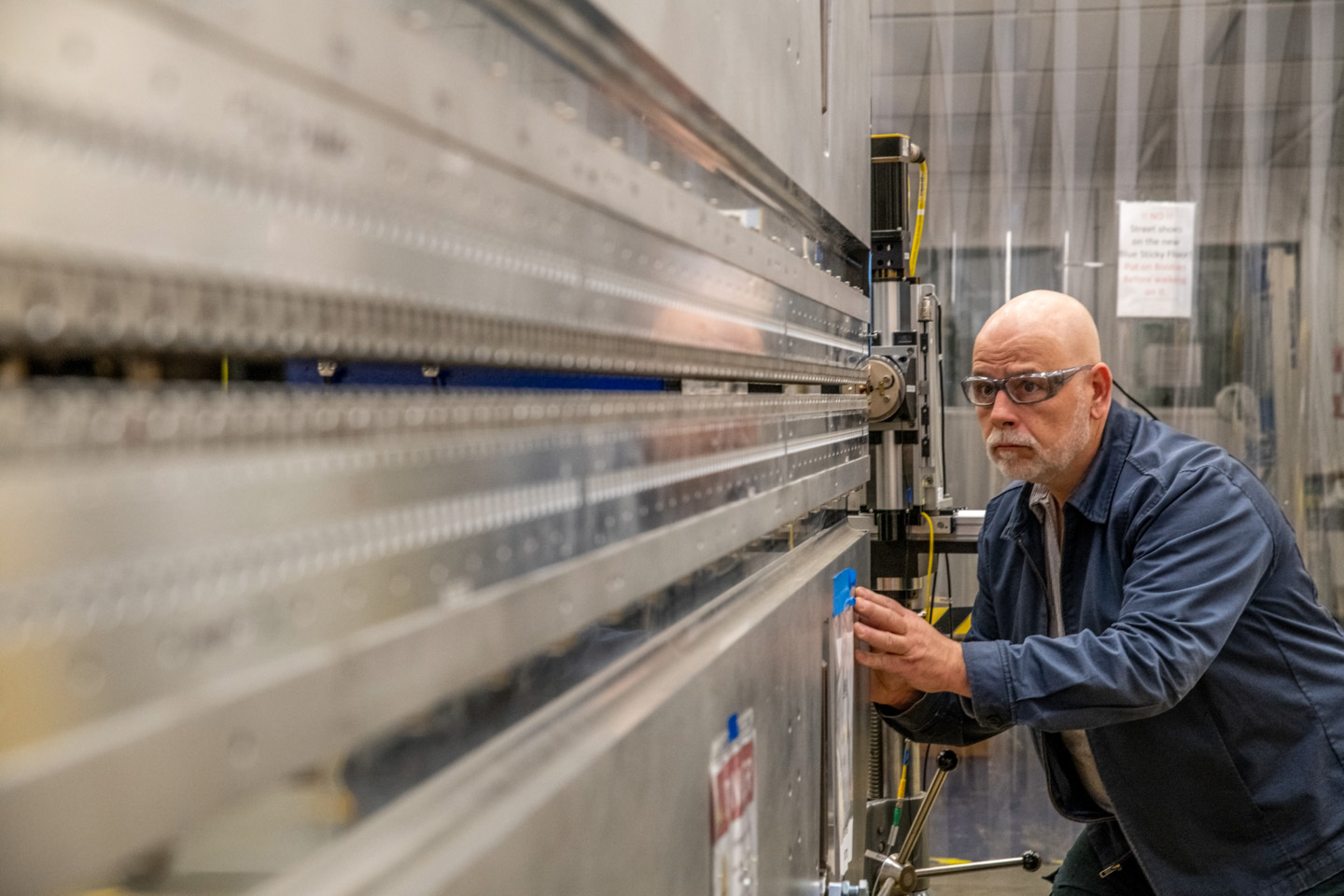
Engineering Mechanical Technicians, Supervisor Tom Lipton fine-tunes the mechanics of a Berkeley Lab-designed and built soft x-ray undulator for LCLS-II. (Credit: Marilyn Sargent/Berkeley Lab)
“Undulators embody a remarkable combination of strength and precision,” according to Berkeley Lab Engineering Division Director Henrik von der Lippe. The rows of magnets have to be precisely positioned— with adjustability measured in microns to tune the properties of the X-ray light —while they exert a total of tonnes of force.
The Lab’s efforts on behalf of LCLS-II were feats of management, physics, and engineering. The Engineering Division’s Dawn Munson wore many hats, including manufacturing engineer and lead technical representative, coordinating with vendors across the US and worldwide. Munson – who worked on LCLS-II for the entire Berkeley Lab effort – describes her role as “a translator” among stakeholders with different perspectives and responsibilities.
“We had a lot going for us – a small but solid team at Berkeley and a really good relationship of mutual respect with SLAC,” she added.
With space at a premium at the Berkeley Lab site, the undulator arrays were manufactured by two private-sector companies, one near Los Angeles and the other in Buffalo, New York. “One of the things that made the project really successful was engaging with our suppliers as partners, keeping them informed, and inviting them to participate in brainstorming and troubleshooting sessions,” said Munson. “I was really proud of that.”
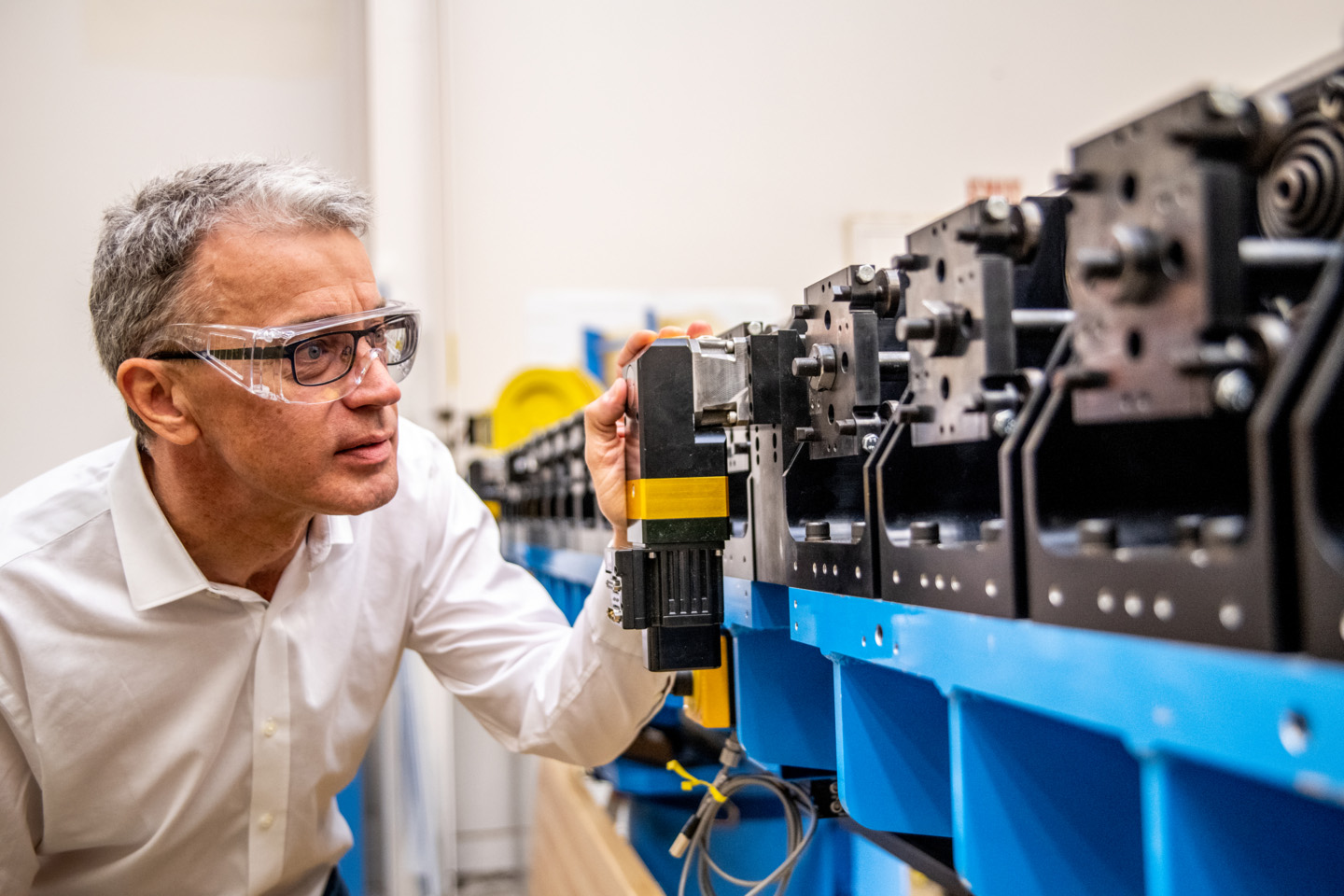
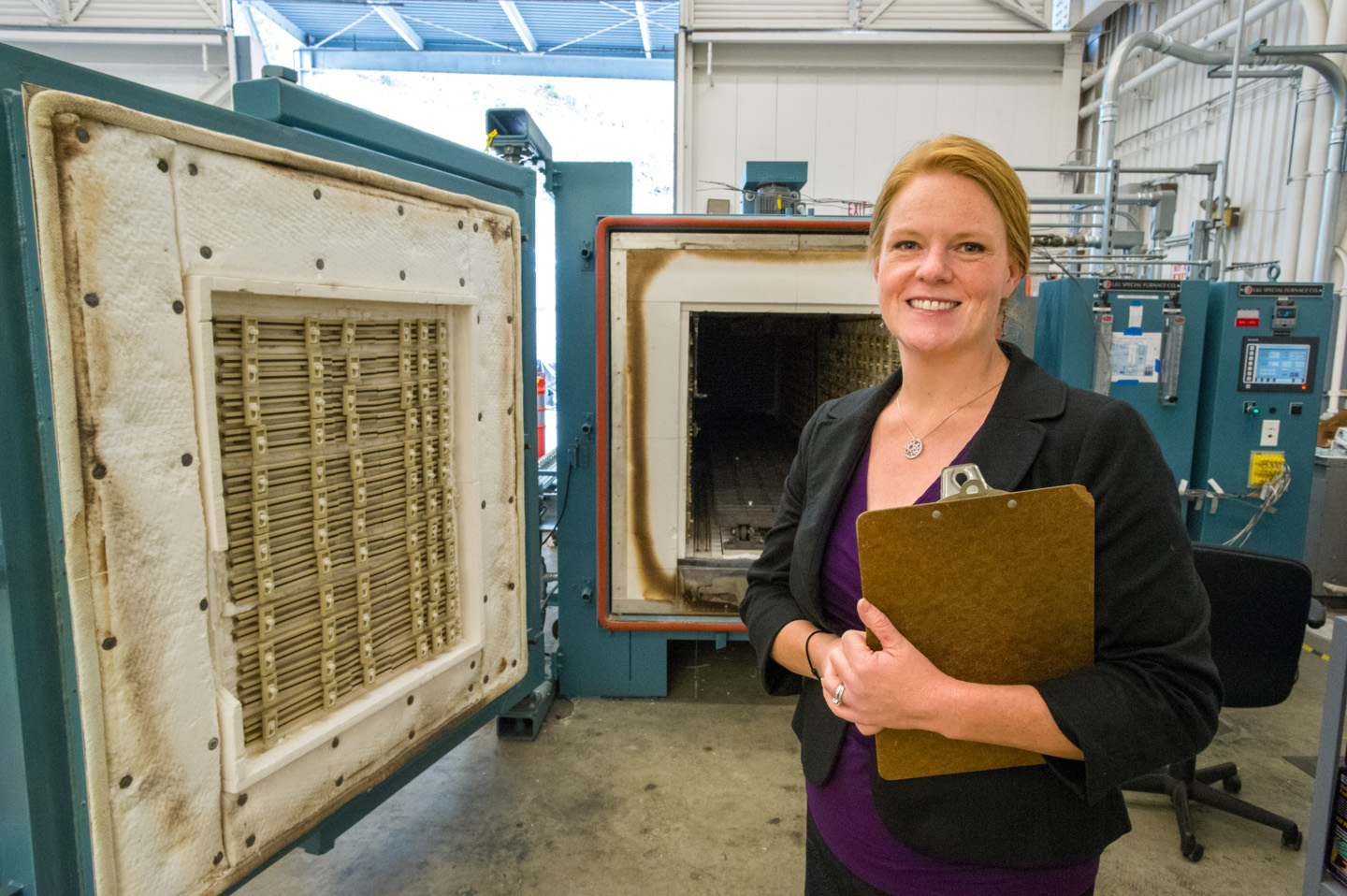
Great power requires great control systems
ATAP Division’s Berkeley Accelerator Controls and Instrumentation (BACI) Program led another crucial collaborative contribution to LCLS-II. Called the “low-level radiofrequency” (LLRF) control system, it was “absolutely critical to the success of a project like this,” said John Corlett, senior team lead for the Lab’s LCLS-II activities.
To achieve the X-ray parameters the users need, LCLS-II will be the first FEL facility with a continuous electron beam based on a linear accelerator (linac) with superconducting RF cavities. The resulting rapid-fire x-ray pulses open the door to “terrific experiments that can be accomplished with such a high-average-brightness beam,” said Corlett. “The high repetition rate is just completely game-changing.”
The LLRF system helps enable this performance by providing feedback and feed-forward control to the superconducting linac, ensuring that every beam electron bunch consistently sees the same accelerating voltage. Such precision control is increasingly vital to the performance of accelerators and light sources and is enabled by decades of R&D in ATAP and the Engineering Division.
Other Berkeley Lab roles in LCLS-II included extensive participation in beam-dynamics modeling by Ji Qiang of ATAP’s Accelerator Modeling Program.
“Our LCLS-II work exemplifies ATAP’s vision,” said ATAP Division Director Cameron Geddes. “By exploring the frontiers of accelerator and photon-source science and technology, we develop the infrastructure of discovery and new projects.”
This work is funded by the Department of Energy’s Office of Science Basic Energy Sciences program.
###
Founded in 1931 on the belief that the biggest scientific challenges are best addressed by teams, Lawrence Berkeley National Laboratory and its scientists have been recognized with 16 Nobel Prizes. Today, Berkeley Lab researchers develop sustainable energy and environmental solutions, create useful new materials, advance the frontiers of computing, and probe the mysteries of life, matter, and the universe. Scientists from around the world rely on the Lab’s facilities for their own discovery science. Berkeley Lab is a multiprogram national laboratory, managed by the University of California for the U.S. Department of Energy’s Office of Science.
DOE’s Office of Science is the single largest supporter of basic research in the physical sciences in the United States, and is working to address some of the most pressing challenges of our time. For more information, please visit energy.gov/science.

